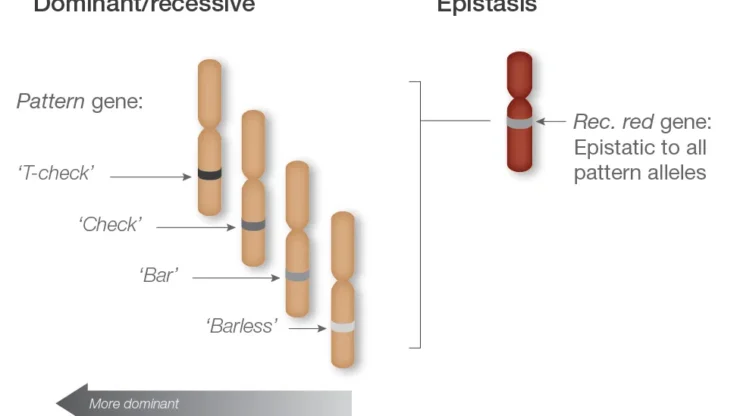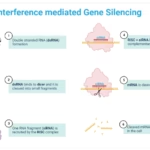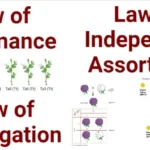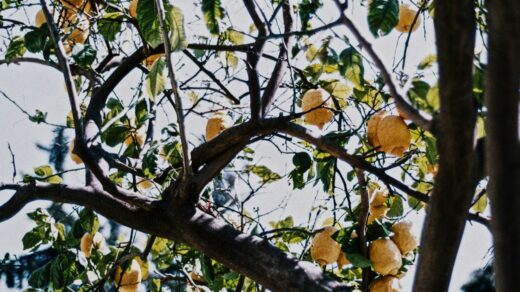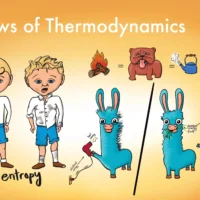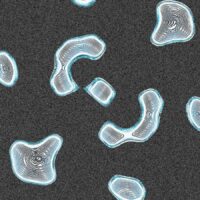Epistasis is the type of gene interaction in which the effect of one gene becomes masked or modified by one or more other genes not being alleles of the gene under consideration. The gene whose expression gets masked is known as a hypostatic gene and the gene that masks the effect is termed epistatic gene. The study of epistasis has shown that it significantly alters the expected Mendelian inheritance ratios and results in a vast range of phenotypic outcomes.
Epistasis
Types of Epistasis
1. Recessive Epistasis: 9:3:4 ratio
In recessive epistasis, the recessive alleles at one locus mask the expression of alleles at another locus. Probably the most familiar example is the inheritance of coat color in mice.
Example: Coat Color in Mice
Mice may come in three basic coat colors: agouti, black, and albino. Agouti (A) is dominant to black (a), and another gene in combination determines general pigment production. If the mouse is homozygous recessive for the allele c (cc), then it will have an albino coat color regardless of whether it has the A or a alleles.
Cross: AaCc x AaCc
Expected F2 ratio: 9 agouti: 3 black: 4 albino.
The cc genotype is epistatic to both A and a, so it can cover the agouti and black phenotypes, forming the albino phenotype.
In this cross, the expected Mendelian ratio of 9:3:3:1 is changed into a 9:3:4 ratio.
It is noteworthy that aa and AA are homozygous, however the genotype AA does not form a phenotype related to the agouti locus.
In dominant epistasis, a dominant allele of one gene masks or reduces the expression of alleles of a second gene. This type of epistasis results in modification of the Mendelian dihybrid ratio to a phenotypic 12:3:1.
Example: Fruit Color in Summer Squash
Summer squash is another example in which fruit color is determined by two genes. The first one allows any pigment to be produced or not to be produced at all, and the second determines whether that pigment will be yellow or green.
Genotypes:
A-B- and A-bb: White (the dominant allele A masks out the effect of the B or b alleles)
aaB-: Yellow (no pigment production in the first step; the yellow pigment accumulates
aabb: Green (no pigment produced in either step, so green pigment is expressed)
Cross: AaBb x AaBb
Expected F2 ratio: 12 white: 3 yellow: 1 green.
In this example, the dominant allele A is epistatic to the alleles at the B locus such that presence of A suppresses expression of either yellow or green pigment.
2. Duplicate Recessive Epistasis (9:7 ratio)
Duplicate recessive epistasis occurs when recessive alleles of both genes within a pathway must be present to create a specific phenotype. If an individual carries the homozygous recessive genotype for either gene, the pathway remains blocked from proceeding to the expected expression of the trait and a mutant phenotype is exhibited.
Example: Flower Color in Sweet Peas (Lathyrus odoratus)
Sweet peas have purple pigment produced from two genes. Each gene must be present to produce the pigment. If either of them is homozygous recessive, the flowers will come out to be white instead of purple.
Cross: AaBb x AaBb
Expected F2 ratio: 9 purple:7 white
Genotypes:
A-B-: Purple (wild type)
aaB-, A-bb, aabb: White (because it is homozygous recessive at one or the other locus)
This is a case of complementation, where the resultant phenotype, which is the color purple, requires both the dominant alleles, A and B. If either is missing, then the pathway is incomplete, and the flowers are still white.
3. Duplicate Dominant Epistasis (15:1 ratio)
In duplicate dominant epistasis, the major allele of either of two genes may be able to produce an identical phenotype so that a regular Mendelian ratio is modified to a 15:1 ratio.
Example: Kernel Color in Wheat
Kernel color in wheat is due to two genes (A and B), both of which are capable of producing a colored kernel, independently. Kernels will be white only when both genes are homozygous recessive.
Cross: AaBb x AaBb
Expected F2 ratio: 15 colored: 1 white.
Genotypes:
A-B-, A-bb, aaB-: Colored
aabb : White
In the case below, at least one dominant allele is available at either locus, and that’s enough to give color in, which is present only in the double recessive genotype aabb is color absent (white kernels).
4. Dominant and Recessive Epistasis (13:3 ratio)
Dominant and recessive epistasis It is a situation where a dominant allele from one gene suppresses the expression of the other gene whose alleles are dominant leading to a 13:3 phenotypic ratio.
Example: Petal Colour in Primula (Malvidin Synthesis)
In Primula, the synthesis of malvidin is determined by two genes A and B. The dominant allele for gene B causes non-production of malvidin, irrespective of the presence of A.
Cross: AaBb x AaBb
Expected ratio of F2: 13 white: 3 blue
Genotypes:
A-B-, A-bb, aaB-, aabb: White (B allele inhibits the synthesis of malvidin)
A-bb: Blue (no B allele to inhibit the synthesis of malvidin)
The gene B is an epistatic gene, meaning that synthesis of malvidin is prevented in its presence regardless of the state at the A locus.
Epistasis is the critical phenomenon in developing the expression of traits among living organisms. Interactions between genes are not only appreciated for understanding the complexity of genetics but also through understanding how multiple genes could influence single traits. Either through masking or modification, epistasis is a description of how intricate connections that exist between several genetic loci could have led to phenotypic outcomes.
Engage with Us:
Stay tuned for more captivating insights and News. Visit our Blogs , Science paper , Study Portal and Follow Us on social media to never miss an update. Together, let’s unravel the mysteries of the natural world.

